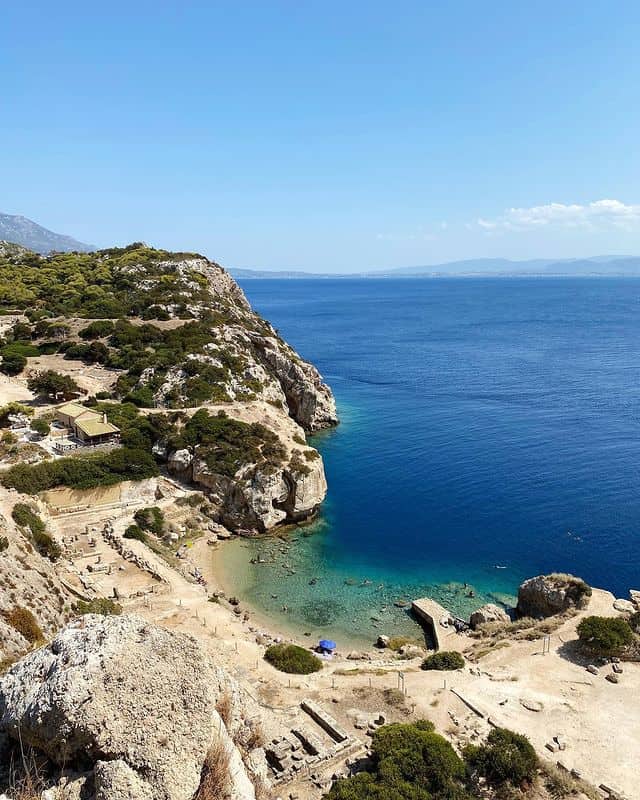The UNESCO World Heritage Sites in Greece and the year they were listed are:
- Acropolis, Athens (1987)
- Meteora (1988)
- Archaeological Site of Mystras (1989)
- Mount Athos (1988)
- Medieval City of Rhodes (1988)
- Archaeological Site of Philippi (2016)
- Paleochristian and Byzantine Monuments of Thessalonika (1988)
- Old Town of Corfu (2007)
- Archaeological Site of Delphi (1987)
- Temple of Apollo Epicurius at Bassae (1986)
- Sanctuary of Asklepios at Epidaurus (1988)
- Archaeological Site of Olympia (1989)
- Monasteries of Daphni, Hosios Loukas and Nea Moni of Chios (1990)
- Archaeological Site of Aigai (modern name Vergina) (1996)
- Archaeological Sites of Mycenae and Tiryns (199)
- Delos (1990)
- The Historic Centre (Chorá) with the Monastery of Saint-John the Theologian and the Cave of the Apocalypse on the Island of Pátmos (1999)
- Pythagoreion and Heraion of Samos (1992)
1 -Acropolis, Athens (1987)
Athens sits under the watchful eye of the Acropolis where ancient buildings including the Parthenon, an ancient temple, the Erechtion with its beautiful stonework and the stunning theatre and the Odeon of Herodes Atticus sit. The Acropolis is one of the most iconic UNESCO sites in Greece if not the world. Built-in the 5th Century BC, it has influenced architecture around the world for centuries and is the most striking and complete ancient Greek monumental complex still existing in our times.
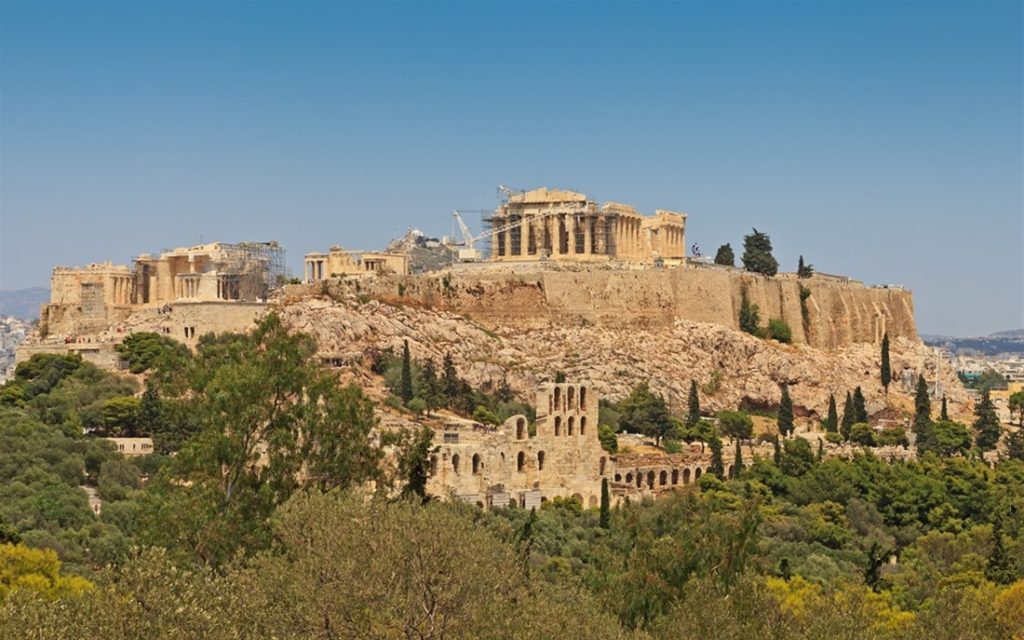
2 - Meteora (1988)
The unimaginable natural landscape of Meteora in central Greece was chosen by monks in the 11th century as the site to build their monasteries on top of the sandstone pillars, the ‘columns of the sky. With 24 monasteries Meteora is the biggest collection of monasteries in Greece after Mount Athos. Meteora is one of the most hauntingly beautiful UNESCO sites we have visited on our travels and the combination of the holy monastery sites and the remarkable surroundings make this a very special place in the world and must not be missed on a trip to Greece.
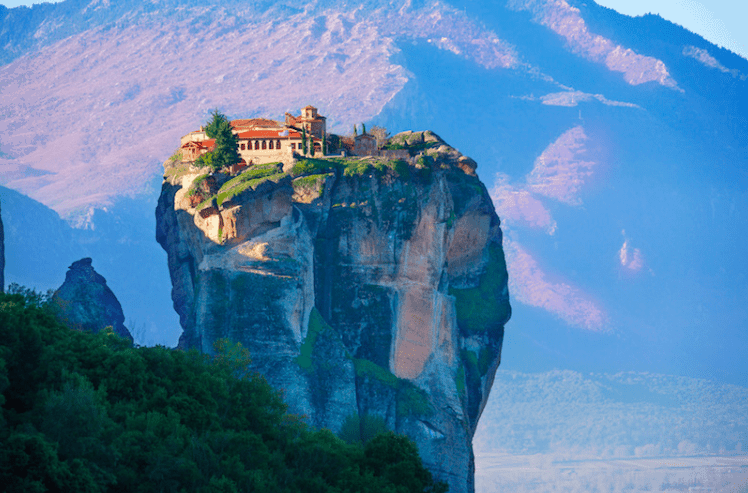
3 - Archaeological Site of Mystras (1989)
An important city in the late days of the Byzantine Empire, the hilltop medieval city of Mystras is another beautiful UNESCO site in Greece. The well preserved fortified Byzantine town of Mystras winds up the hillside like an open-air museum and is a truly unique site in the Peloponnese. The hilltop fortress and Byzantine monasteries are a highlight of a visit to this UNESCO site.

4 - Mount Athos (1988)
The Holy Mountain of Mount Athos is an Orthodox spiritual centre dating back to 1054. It’s a controversial UNESCO site, as women and children are forbidden on the Holy Mountain. The 20 monasteries are inhabited by 1,400 monks. Visiting the mountain is difficult for men as only a small number of laypeople are allowed to visit each day, and a three-night minimum stay is required.

5 - Medieval City of Rhodes (1988)
The beautiful Dodecanese Island of Rhodes boasts a UNESCO World Heritage Site, the Medieval City of Rhodes. Notable buildings include the Palace of the Grand Masters, the Great Hospital and the Street of the Knights making it one of the most beautiful urban ensembles of the Gothic period.
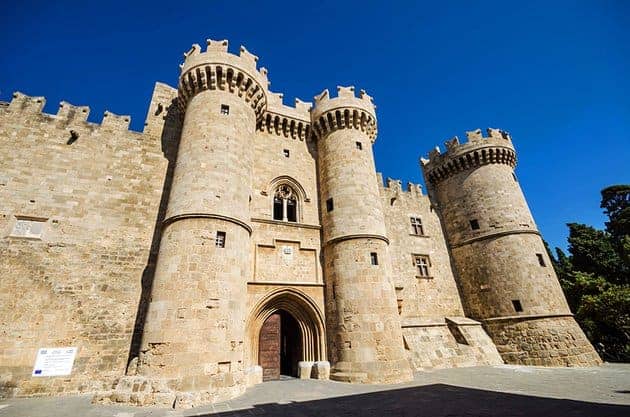
6 - Archaeological Site of (2016)
Dating back to 356 BC, the walled city of Philippi is located on the ancient route connecting Europe and Asia. The Roman influence is apparent with the presence of a Roman forum and the city later became a Christian Centre following the visit of the Apostle Paul. Designated as a UNESCO in 2016.
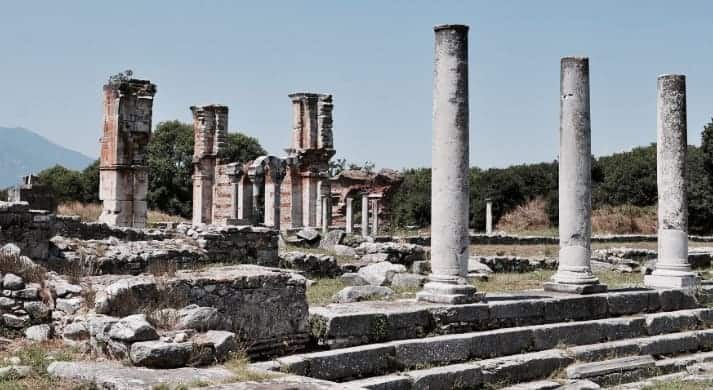
7 - Paleochristian and Byzantine Monuments of Thessalonika (1988)
Greece’s second-largest city, Thessalonika, is a bustling and modern city dotted with incredible Christian monuments. The city, built from the 4th to 15th Century, was one of the first bases for the spread of Christianity and today 15 monuments are listed under the UNESCO designation. These include the Ancient City Walls and the Byzantine Bath.
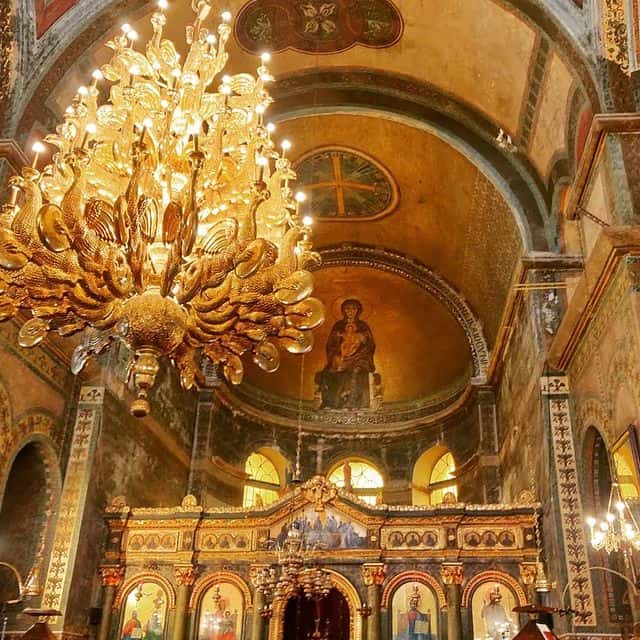
8 - Old Town of Corfu (2007)
The Ionian island of Corfu with its whitewashed villages, hidden beaches and UNESCO Old Town is an idyllic place to visit. The narrow streets of Kerkyra, the Old Town, are lined with Venetian influenced pastel dwellings and are home to fortresses and Byzantine Churches.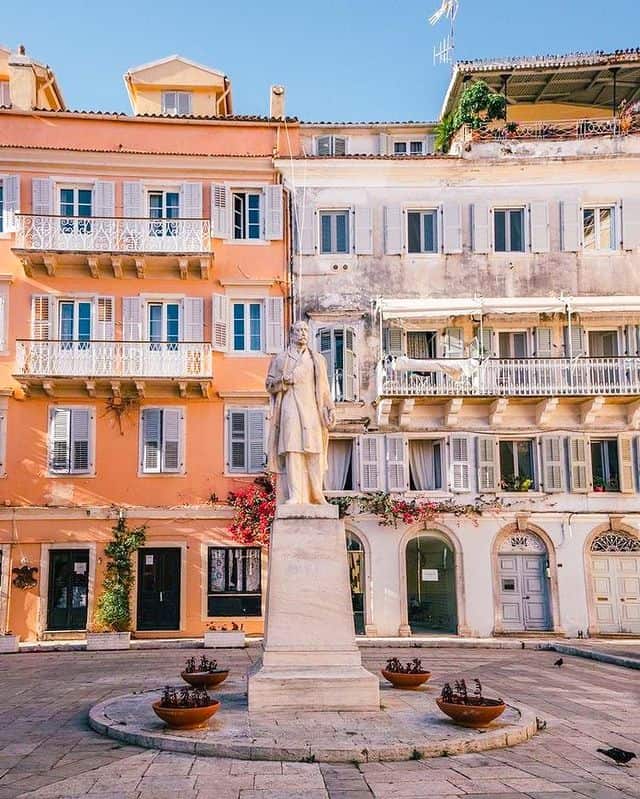
9 - Archaeological Site of Delphi (1987)
Second, only to the Acropolis in Athens, the ancient site of Delphi is one of the most visited sites in all of Greece. It was at Delphi where two eagles sent by Zeus from the ends of the universe to find the navel of the world met and so in ancient times it was considered the centre of the world. Delphi was the seat of the fabled oracle of Delphi and people would travel from all corners of the known world to consult the Oracle on important decisions.
Today the ruins of Delphi dot the mountainside overlooking the stunning countryside. The archaeological museum is close by as is the Tholos at Delphi, which is a short walk downhill from the main Delphi site.
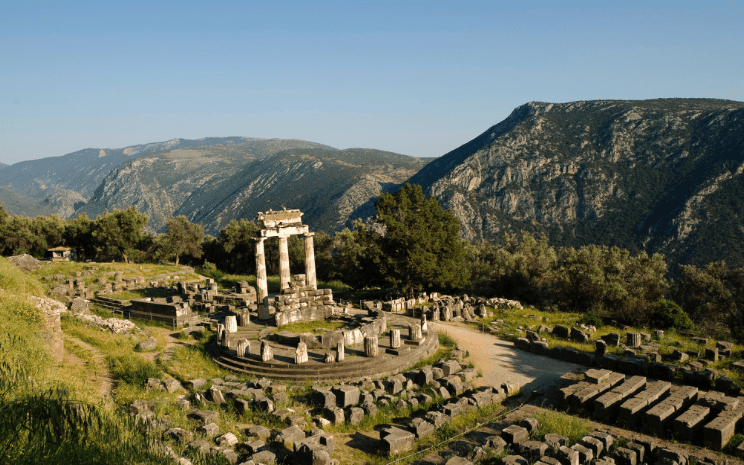
10 - Temple of Apollo Epicurius at Bassae (1986)
Deep in the mountains of the Peloponnese is the Temple of Apollo Epicurus at Bassae, an ancient Greek treasure. Despite being shrouded in a tent for preservation purposes for the past 30 years, the UNESCO World Heritage inscribed temple is one of the most perfect ancient Greek temples surviving today.
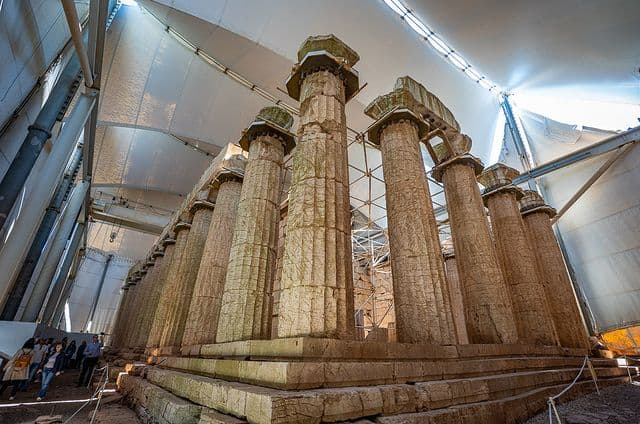
11 - Sanctuary of at Epidaurus (1988)
Most recognised for its incredible ancient theatre, the main monuments of Epidaurus are some of the greatest masterpieces of Greek architecture. The temple of Asklepios, the Tholos and the Theatre are the main attractions in Epidaurus and date back to the 4th century. If you are visiting in summer check if you can grab a ticket to one of the legendary ancient Greek productions which take place in the theatre.
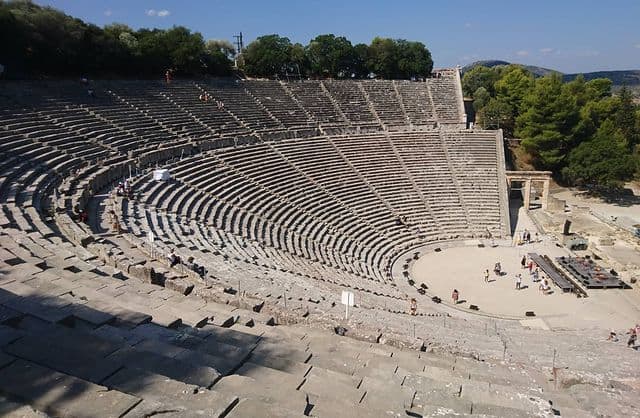
12 - Archaeological Site of Olympia (1989)
The birthplace of the Olympic Games and the site where the Olympic flame is lit before it travels around the world
It’s easy to imagine the Olympic Village in full swing, with athletes training and competing, the roar of the crowds and the women, resigned to watch from a hill close by. Pheidias’ workshop, where one of the 7 Wonders of the Ancient World, the Statue of Zeus, was sculptured is another highlight of the visit.
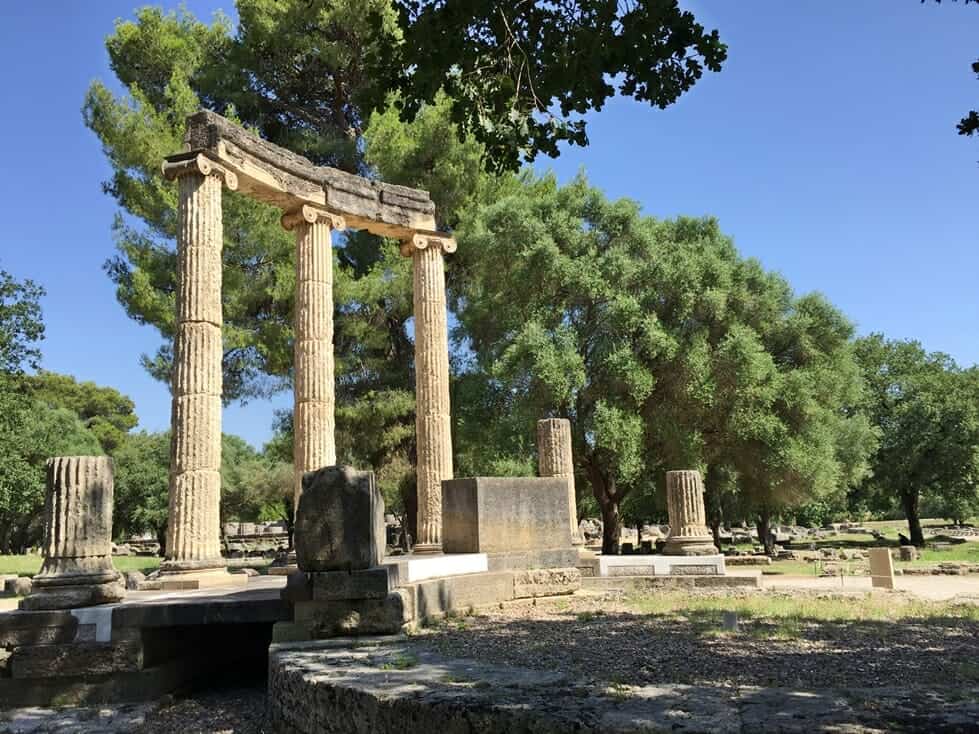
13 - Monasteries of Daphni, Hosios Loukas and Nea Moni of Chios (1990)
Across the country, the three monasteries of Daphni, Hosios Loukas and Nea Moni of Chios belong to the same theological basis and share the same architecture and decor styles.
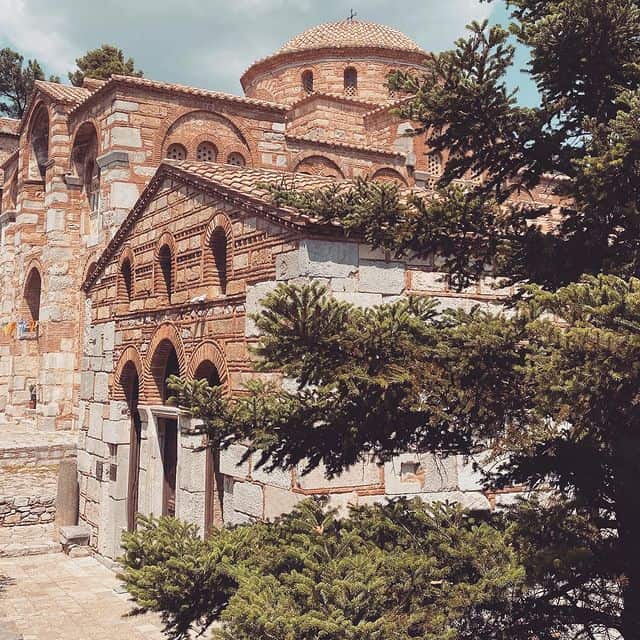
14 - Archaeological Site of Aigai (modern name Vergina) (1996)
The small town of Vergina is best known as the site of ancient Aigai the first capital of Macedon where, in 336 BC, Philip II was assassinated in the theatre and Alexander the Great was proclaimed king. The lavish palace and the royal tombs, one of which belonged to Phillip II, are the two key sites which make up the UNESCO site.
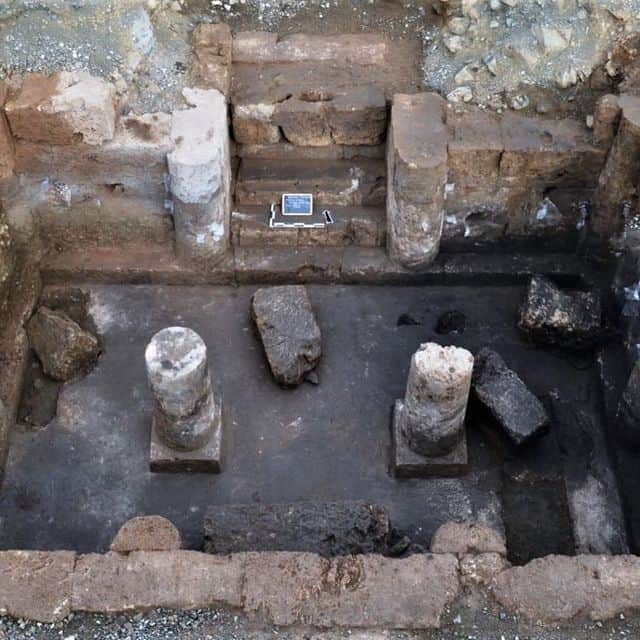
15 - Archaeological Sites of Mycenae and Tiryns (1999)
Mycenae and Tiryns are some of many UNESCO World Heritage sites on the Peloponnese. Walking through the iconic Lion gate entrance to Mycenae it’s hard to comprehend that this site is over 3,000 years old: it is the only surviving monument of the Greek Bronze Age and remains in almost perfect condition. Wandering up the winding path to the top of the citadel and taking in the commanding views of the surrounding countryside, it’s easy to see why the Mycenaean civilization chose this hillside site.
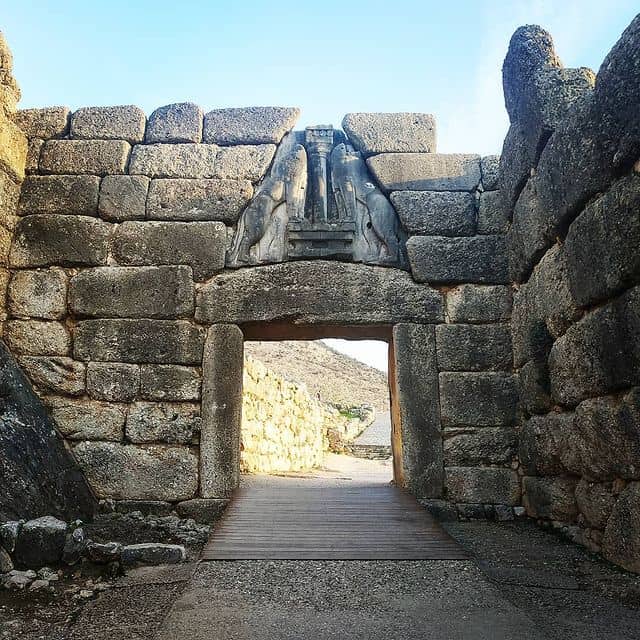
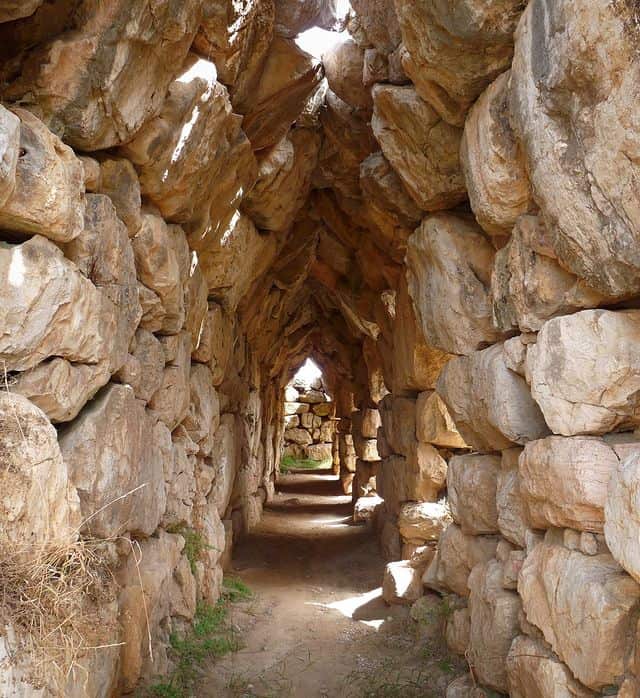
16 - Delos (1990)
The small rocky island of Delos is where, according to Greek mythology, Apollo and Artemis were born. It is one of the most important mythological, historical and archaeological sites in the country and highlights include the archaeological ruins and the Avenue of the Lions.

17 -The Historic Centre (Chorá) with the Monastery of Saint-John the Theologian and the Cave of the Apocalypse on the Island of Pátmos (1999)
Patmos is where Saint John the Theologian wrote his gospel and the Apocalypse. A monastery dedicated to Saint John is a key site on Patmos.
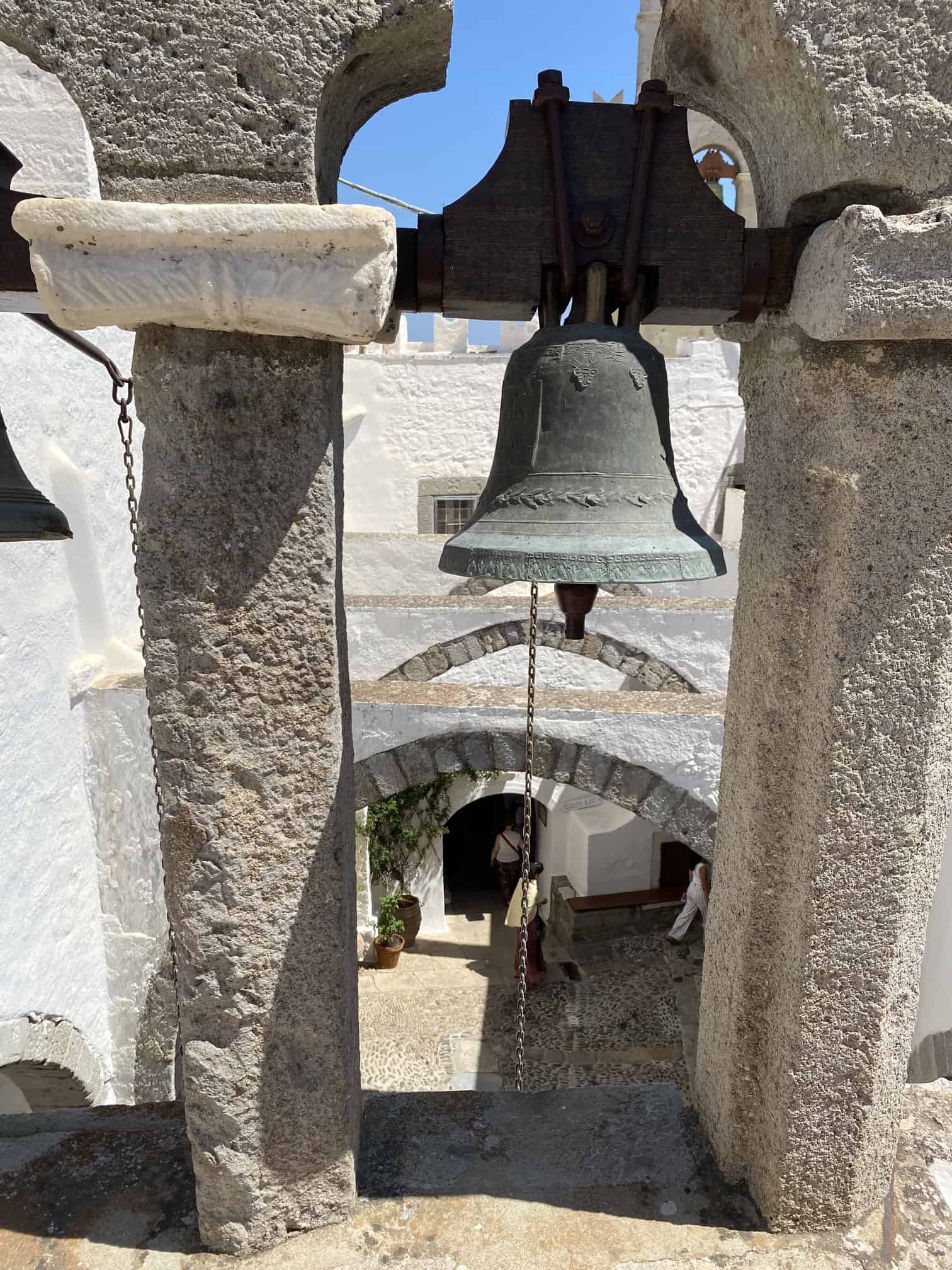
18 - Pythagoreion and Heraion of Samos (1992)
Located north of Patmos, the island of Samos is home to the remains of Pythagoreion, an ancient port and the temple of the Samian Hera which make up the UNESCO World Heritage Site. The island is the birthplace of Pythagoras, Epicurus and the astronomer Samos who proposed that the earth revolves around the sun.
